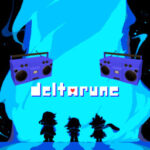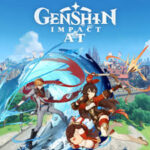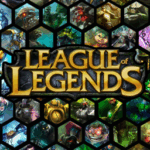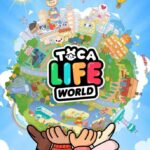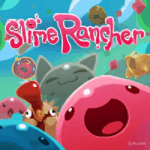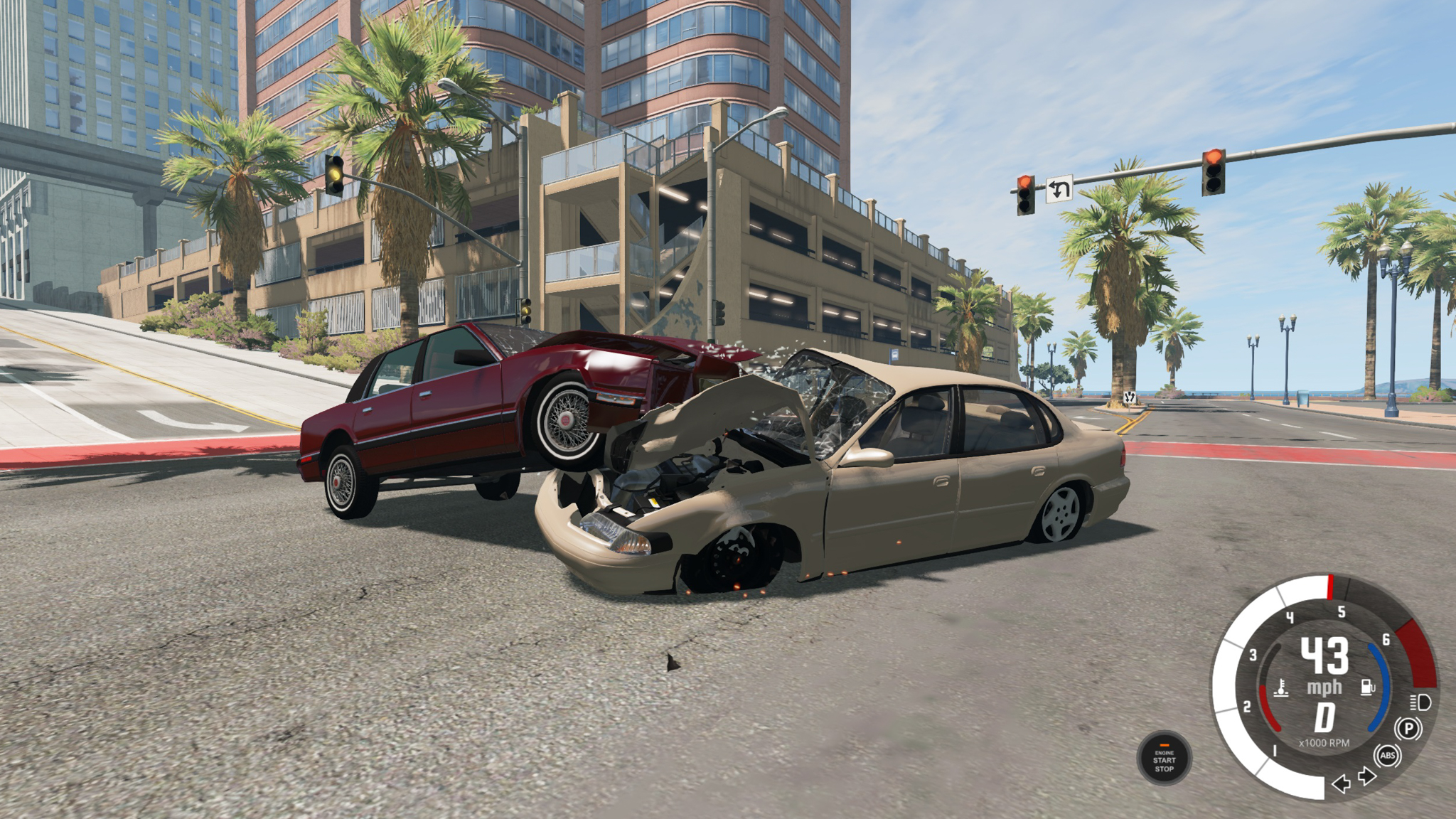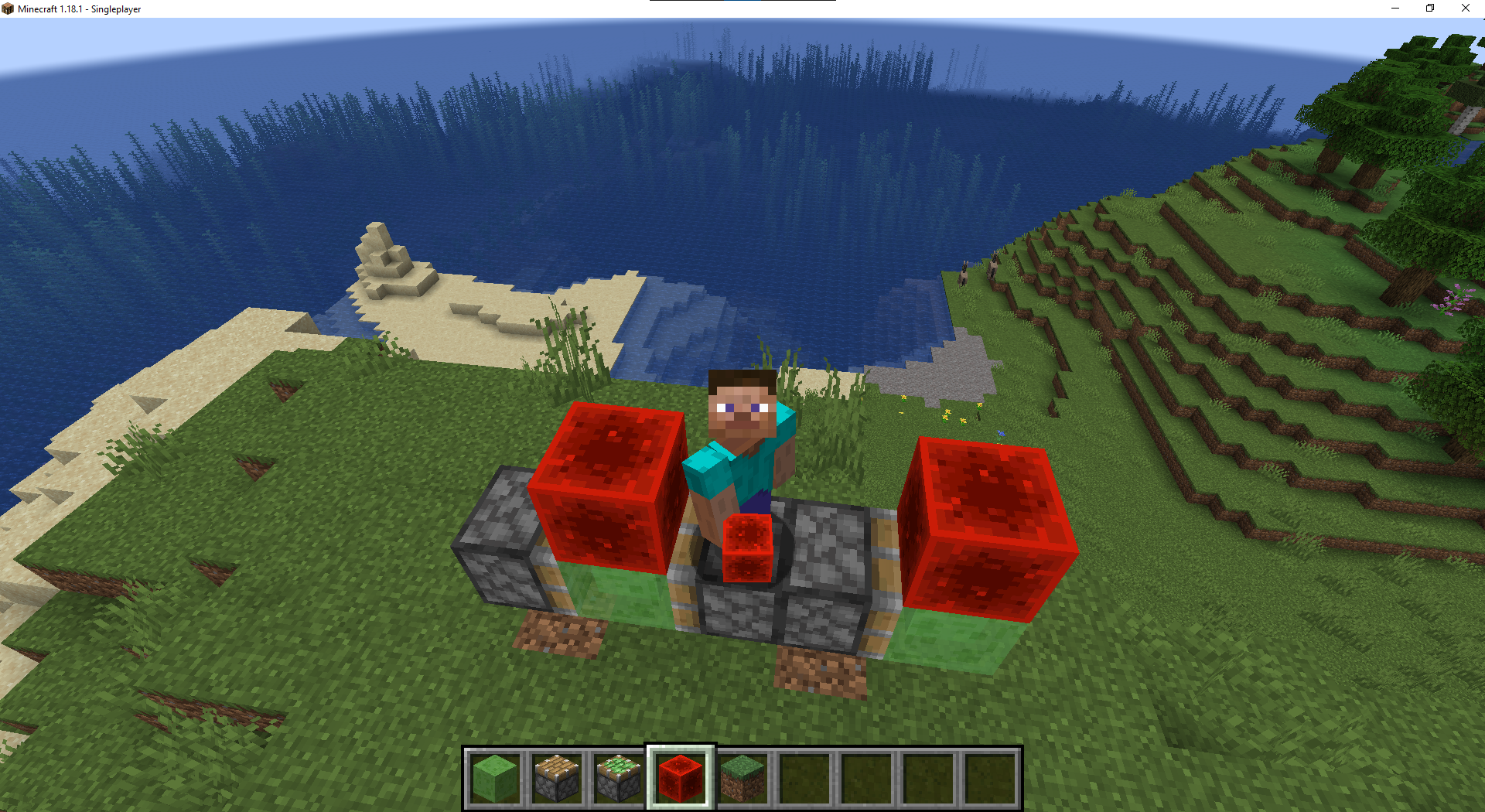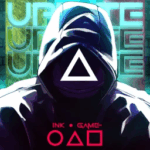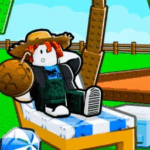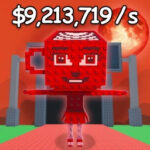
Brawl Stars
All trademarks belong to their respective owners.
Advertisement
Popular Now
Brawl Stars, developed by Supercell, has cemented itself as one of the most dynamic and engaging multiplayer games in the mobile gaming world. With its unique blend of battle royale, MOBA, and fast-paced team gameplay, the game continues to attract millions of players. However, like many live-service games, Brawl Stars is not without its controversies and challenges. Among these, one of the most debated topics within the community is power creep — the gradual introduction of stronger characters and mechanics that render older ones obsolete. In this article, we’ll dissect the concept of power creep, its implications on gameplay, and what Supercell might do to address it.

Understanding Power Creep in Brawl Stars
What is Power Creep?
Power creep refers to the phenomenon where newly introduced characters, abilities, or items are significantly stronger than their predecessors. This often happens to keep the game fresh, exciting, and enticing for players. However, when implemented poorly, it can lead to balance issues, frustration, and alienation among players.The Genesis of Power Creep in Brawl Stars
From the game’s launch in 2018, Brawl Stars has introduced over 60 brawlers. Each new brawler often comes with unique abilities, star powers, and gadgets designed to make them appealing. However, this desire for innovation has occasionally disrupted the game’s equilibrium, leading to complaints of certain brawlers being overpowered.The Impact of Power Creep on Gameplay
Shifting Meta Dynamics
The meta in Brawl Stars constantly evolves with updates and balance changes. New brawlers, particularly those introduced during significant updates or seasons, often dominate the meta. For example, when Surge was released, his unique upgrade mechanics gave him a distinct advantage in most modes, sidelining several older brawlers.Meta-Dependent Strategy
Players are forced to adapt to these shifts by mastering new brawlers or abandoning their favorites. While this can keep the game engaging, it can also frustrate long-term players who feel their investments in specific brawlers are devalued.
The Domino Effect on Game Modes
Power creep affects not just individual matches but entire game modes. For instance:- Gem Grab: Overpowered control brawlers can dominate mid-lane control, leaving little room for counterplay.
- Brawl Ball: High-damage brawlers with crowd-control gadgets can render defensive strategies useless.
- Showdown: Solo and duo modes often become survival of the newest and strongest, rather than showcasing skill.
Case Studies of Power Creep in Brawl Stars
The Release of Edgar
When Edgar was released, he quickly became notorious for his self-healing and high burst damage. His ability to leap onto enemies made him a nightmare in solo modes, especially for low-health brawlers. Edgar’s dominance lasted weeks before balance changes reined him in.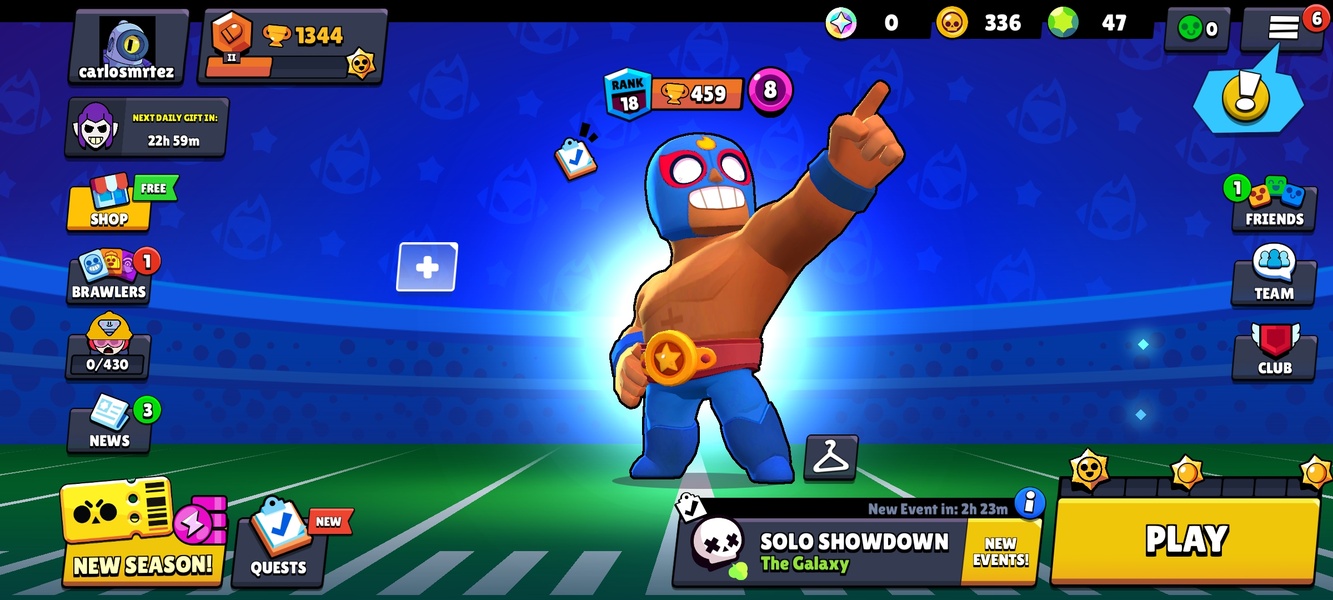
The Rise of Meg
Meg introduced a new mechanic where she could transform into a powerful robot, significantly increasing her damage and survivability. While innovative, this mechanic initially made her too strong in various modes, highlighting the risks of introducing complex abilities without adequate balance testing.Overpowered Gadgets and Star Powers
Sometimes, power creep isn’t about the brawler but their gadgets or star powers. The introduction of gadgets like Surge’s teleport or Colonel Ruffs’ sandbags tipped the scales in favor of these brawlers, even when their base stats were balanced.Economic Implications of Power Creep
Monetization and Player Spending
Power creep is not just a gameplay issue; it has economic implications. Supercell relies on monetization through Brawl Passes, skins, and in-game purchases. Introducing stronger brawlers encourages players to spend gems on unlocking new characters or upgrading them quickly.The "Pay-to-Win" Perception
When newer brawlers dominate, free-to-play players often feel disadvantaged. This perception can deter new players and alienate existing ones, particularly if they believe success is tied to spending money rather than skill.The Lifecycle of Older Brawlers
As new brawlers take the spotlight, older ones are often left in the shadows. This devalues the time and resources players have invested in maxing out older characters, leading to dissatisfaction.Balancing the Scales: Supercell’s Response
Regular Balance Changes
Supercell’s development team regularly releases balance patches to address overpowered brawlers. These updates often include:- Buffs: Enhancing weaker brawlers to make them viable.
- Nerfs: Reducing the effectiveness of dominant brawlers.
Reworking Older Brawlers
Reworks are another tool in Supercell’s arsenal. For instance, brawlers like Shelly and Poco have received reworks to make them more relevant in the current meta. However, reworks are less frequent than balance changes, leaving many older brawlers in limbo.Community Reactions and Feedback
Divided Opinions
The Brawl Stars community is often split on the issue of power creep. Some players appreciate the excitement of new brawlers and evolving metas, while others lament the imbalance and loss of relevance for older characters.Suggestions from Players
Players have proposed several solutions, including:- More frequent balance updates to address emerging issues.
- Universal buffs for older brawlers to keep them competitive.
- Greater transparency from Supercell about balancing philosophies.
Long-Term Consequences of Power Creep
Retention vs. Attrition
If unchecked, power creep can lead to player attrition. Casual players may feel overwhelmed by the constant need to adapt, while competitive players may grow frustrated by imbalances.Competitive Integrity
Power creep can also impact the competitive scene. Professional players and teams rely on a stable meta to practice and strategize. Frequent disruptions from overpowered brawlers can undermine the integrity of tournaments.Potential Solutions for Mitigating Power Creep
Introducing "Legacy Buffs"
One potential solution is the introduction of "legacy buffs," where older brawlers receive small, permanent upgrades to keep them relevant.Capping Power Levels
Another approach could involve capping the power level of brawlers in specific game modes, ensuring a more balanced playing field.Expanding the Testing Phase
Supercell could extend the beta testing period for new brawlers, allowing for more thorough balance adjustments before release.The Future of Brawl Stars and Power Creep
Balancing Innovation and Stability
Supercell faces the challenge of balancing innovation with stability. While new mechanics and brawlers are essential to keeping the game fresh, they must be introduced responsibly to maintain balance.Listening to the Community
The success of Brawl Stars hinges on its community. By actively engaging with players and incorporating feedback, Supercell can address power creep and ensure the game remains enjoyable for all.
